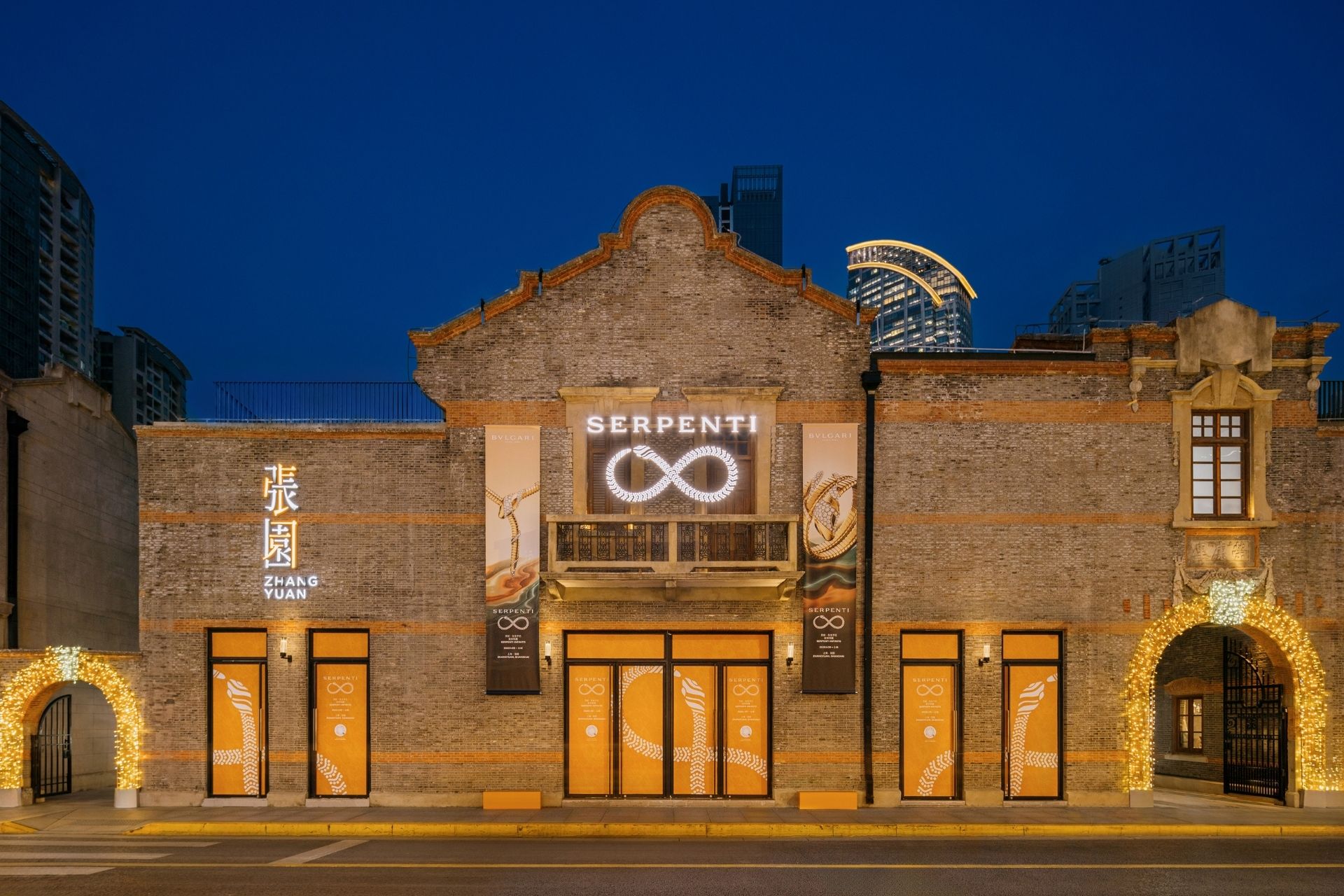Scott Forshay, mobile & emerging technologies strategist at Acquity Group, details how luxury brands can use mobile content marketing to seduce an audience in perpetual motion

Scott Forshay, mobile & emerging technologies strategist at Acquity Group, details how luxury brands can use mobile content marketing to seduce an audience in perpetual motion
Scott Forshay, mobile & emerging technologies strategist at Acquity Group, details how luxury brands can use mobile content marketing to seduce an audience in perpetual motion
The essence of any coveted brand is the story it conveys. The effective generational articulation of heritage, craftsmanship, and creative innovation combine with a vision of an aspirational lifestyle to seduce a highly desirable audience and inspire desire for association.
Historically, the articulation of this vision was realised on a print canvas, where artistic vision is artfully staged with aesthetic precision.
The rise of digital created new opportunities for luxury brands to message the brand narrative as highly produced video vignettes of similar aspirational effects provide added dimensionality to classical still imagery.
Through video and other forms of brand content, luxury brands have become media companies and content marketers selling a vision of an exclusive lifestyle attainable only by a select few.
“ The rise of digital created new opportunities for luxury brands to message the brand narrative ”
Product placement is subtle and sophisticated. If leveraged properly, video can provide a unique glimpse into the brand and allow intimacy while adhering to the value exchange by providing equivalent or greater value in exchange for time and attention.
Designed entirely for a captive audience, unobstructed and intently engaged, both print and digital representations of brand identity have effectively conveyed the brand narrative for this stationary state. This new media has not, however, been effectively translated for a new breed of digital audience – an audience in motion.
The strategic dilemma of how best to convey the luxury brand story and experience to a mobile audience has not been successfully solved.
The mobile device, as a platform for brand communications, is unique, requiring brand marketers to rethink engagement strategies and devise innovative campaigns that leverage the medium as it is intended for effective mobile content marketing. The challenge lies in seducing moving targets.
“ How best to convey the luxury brand story & experience to a mobile audience has not been successfully solved ”
1. Produce Content Episodically
Resist the temptation to unveil the entire story in a single instance. By deconstructing the narrative into episodes, the engagement teases the audience and creates desire to continue following the unfolding of the story.
2. Communicate Cryptically
Regardless of the communication mechanism employed, be it a mobile ad, SMS or MMS, in-app push notifications, QR code, or augmented reality, messaging should be intriguing and subtle. Be cryptic about what awaits the audience if they choose to participate.
Creating mystery through veiled communications fuels desire to see what is on the other side.
3. Make the Theatre Participatory
Take the consumer on a journey with the narrative. Provide sophisticated clues to challenge the audience by using the outside world as your canvas.
Clues could exist on billboards, on buildings, on bus shelters, in taxis – adding a sophisticated element of game mechanics to engagement and allowing the audience to become players in the theatricality of the campaign.
4. Reward with Exclusivity
The luxury consumer seeks priority access to, and deeper levels of intimacy with, the brands they most covet. The lure of exclusivity is the most effective mechanism for playing marionette with the heartstrings of this highly sought consumer and forming greater connections.
The reward of pre-release viewing accessible only to a select group of participants creates desire for brand association through exclusivity.
“ Mobile, as a medium, is innately transitive in nature ”
The seduction of moving targets requires precision planning and careful orchestration. Traditionally the brand narrative has been told in a unidirectional fashion through artfully produced photography and film, but the consumer was only capable of experiencing the story in a disconnected way.
Mobile, as a medium, is innately transitive in nature, serving as a persistent interface for consumers to navigate an ever-evolving digital ecosystem of retail touch points and become, themselves, players in the storytelling experience.
Strategically dissecting the brand narrative to take on an episodic form allows the brand to engage audiences in the on-going drama, create desire to see where the story will lead, and create deeper emotional connections in the process.
To further investigate mobile marketing on Luxury Society, we invite your to explore the related materials as follows:
– Affluent U.S. Consumers Favour Luxury Brands with Apps
– How to Reach the Digital Affluent Male
– What Instagram Means for Luxury Brands








